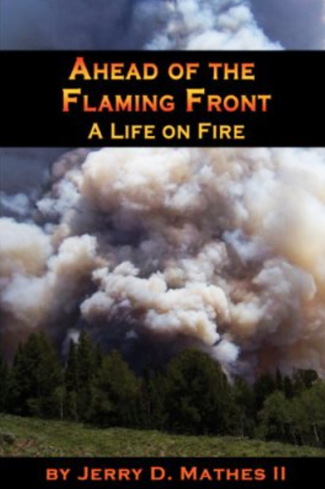Many of the writers that come to DBePub are new writers. As a writing teacher and editor, I love working with these writers. I don’t just edit for them; I take the time to help them become better writers as we work on their projects. But not all DBePub writers are new. Even experienced, published writers seek editorial support. One of the most experienced writers I’ve worked with is Jerry D Mathes, II.
Jerry has already published poems, essays, and books. He’s taught writing at the University of Idaho and at Stephen F. Austin State. He ran the Southernmost Writers Workshop in the World at Amundsen-Scott South Pole Station, Antarctica. His poems, essays and short stories have been in The Southern Review, Shenandoah, The Dos Passos Review, and Narrative. He’s received numerous awards and published a number of books: the chapbooks, Twelve Lovers, Lost and Found and Fall in the Borderland; a book of poetry, The Journal West: Poems; a collection of essays, Fever and Guts: A Symphony; and the memoir, Ahead of the Flaming Front. He was listed as one of the top 100 emerging screenwriters of 2016 with his script, The Eagles of Kandahar. His newest short fiction collection, Shipwrecks and Other Stories, is available now.
Jerry doesn’t need help with research or grammar or more complex ideas in writing, like genre or voice. He doesn’t even need help with layout or cover design; his publishers take care of all that. So what could DBePub do for a writer like Jerry Mathes?
Jerry says, “I’m a big believer in getting a fresh set of eyes on a project to gain perspective and see the things I’m missing because I’m too close. Every experienced writer has a trusted reader or two.”
I was already a fan of Jerry’s writing when he asked me to take a look at his newest project: a second memoir.
You might think that a well-published writer writing about something he’s lived through would have an easy time, especially when he’s already published one memoir, but telling a true story well is trickier than you might think.
What do you put in? What do you leave out? How do you reveal things you found out later? Do you tell it chronologically, in the order it happened, or do you start at the end and tell how you got there? What if you want to do both? When do you tell what you learned from everything that happened? And, finally, how do you make an audience understand, and care about, something so personal?
Jerry and I went from prologue to epilogue, from the first draft to the final one, restructuring to drive the story forward, deleting whole sections that didn’t fit the emerging theme, adding stories and details that would speak to the audience, clarifying timelines and point of view, and, yes, occasionally even wrangling some grammar.
Jerry’s now got a draft that’s making the rounds with other experienced writers and editors, and I have every confidence it’ll be a success. Until the second one comes out, take a look at his first memoir.
Whether you’re writing your first book or your fifth, contact DBePub for the editorial support you need to express your ideas at their best.
![]()





